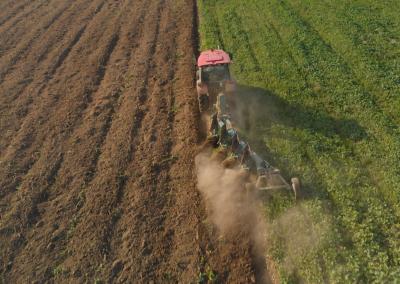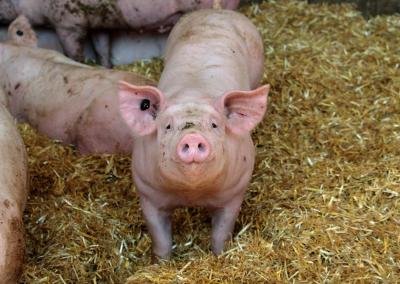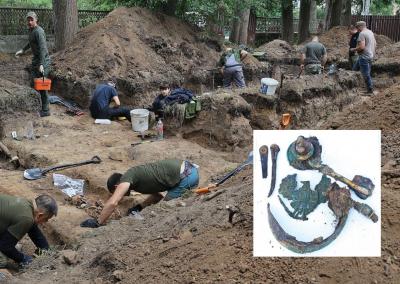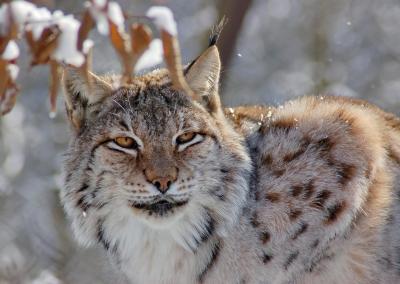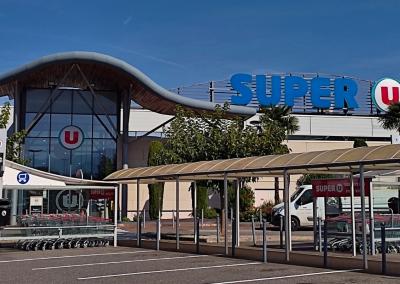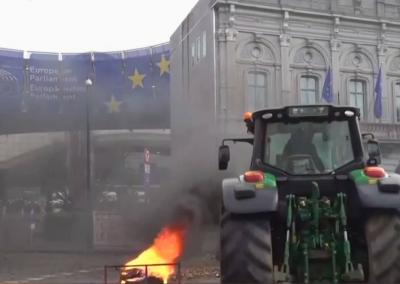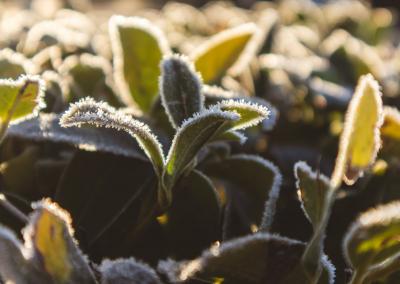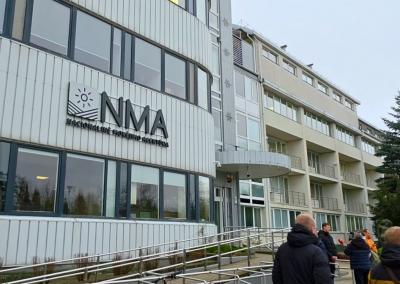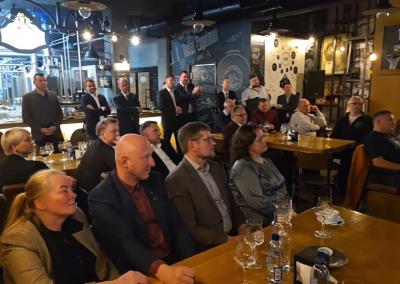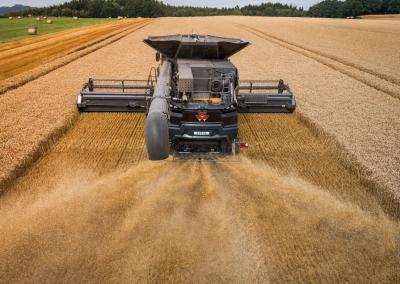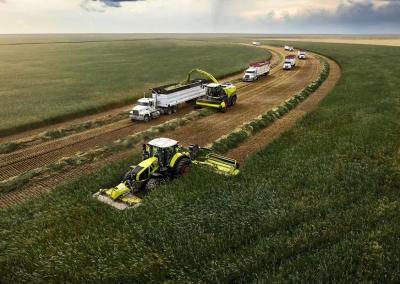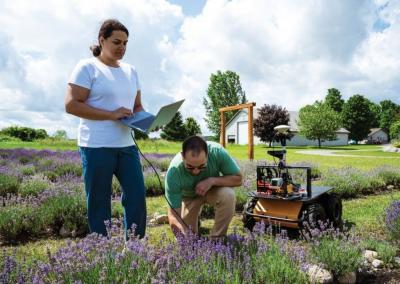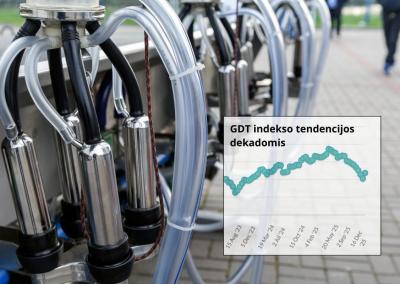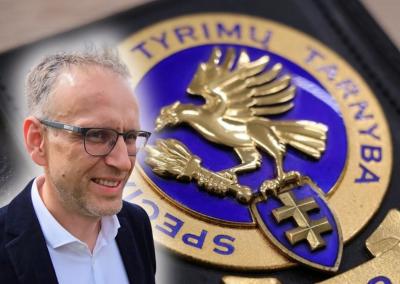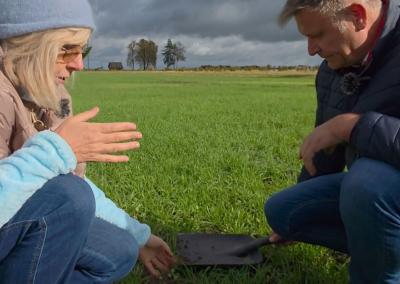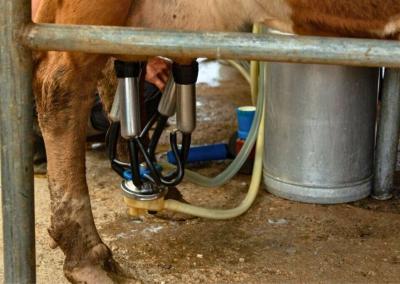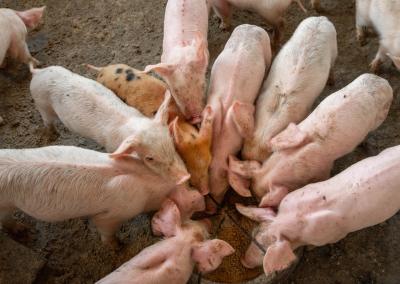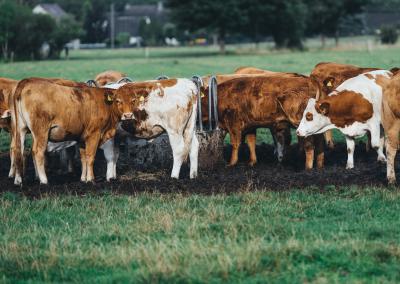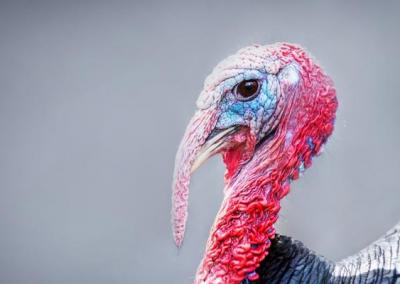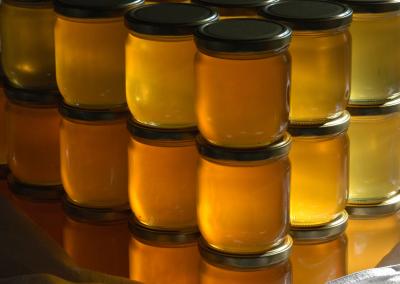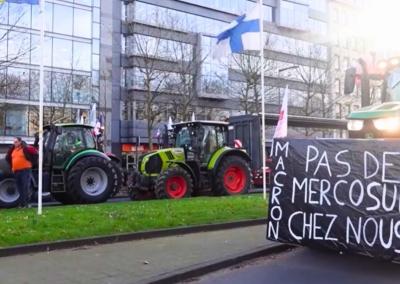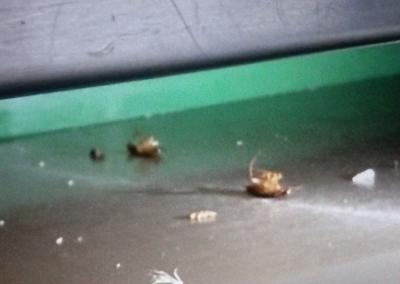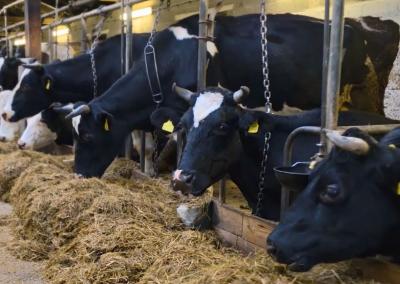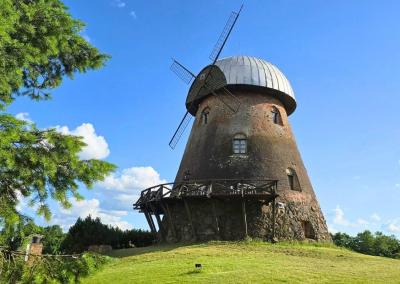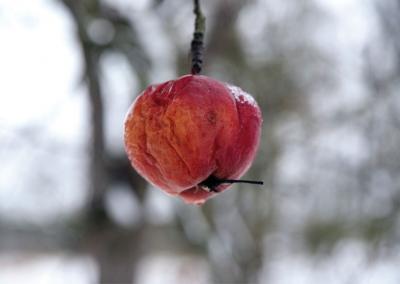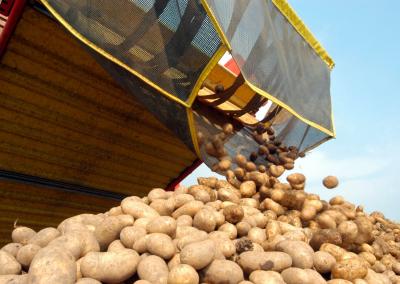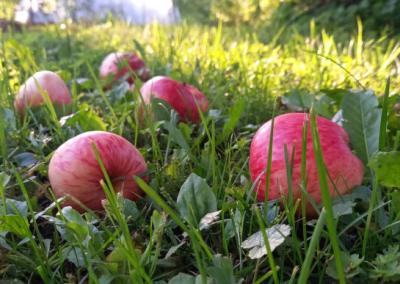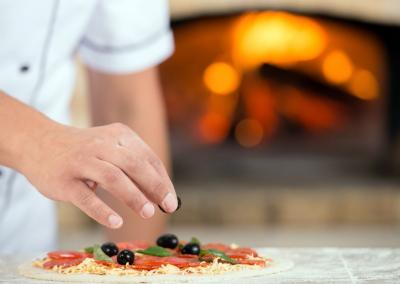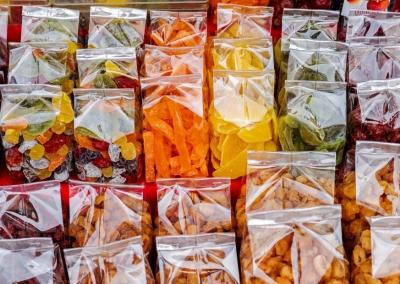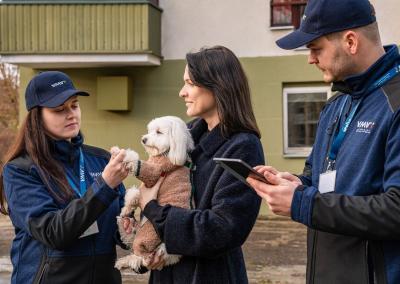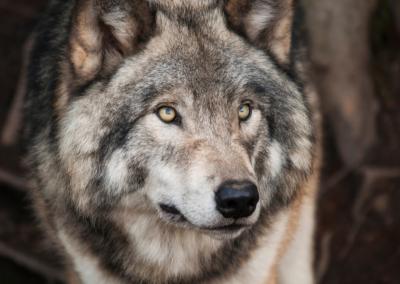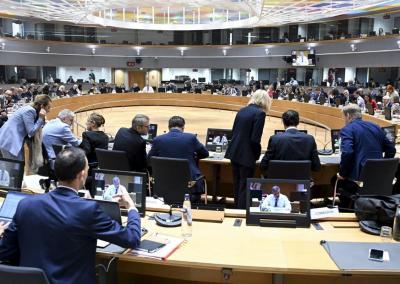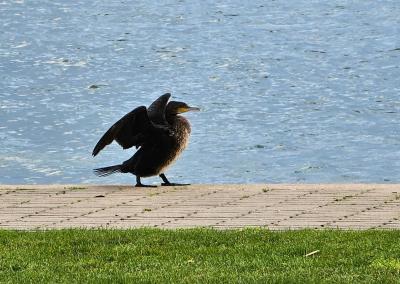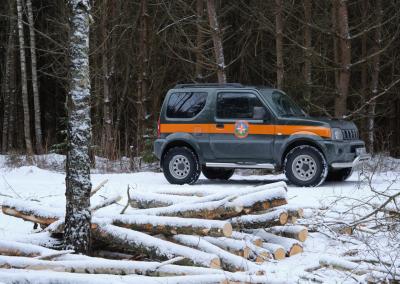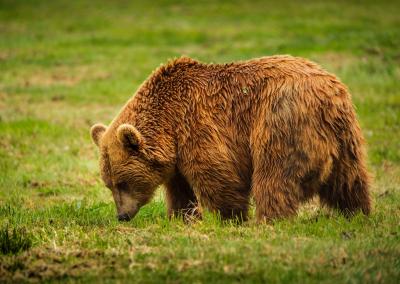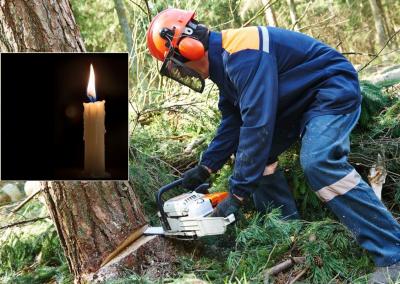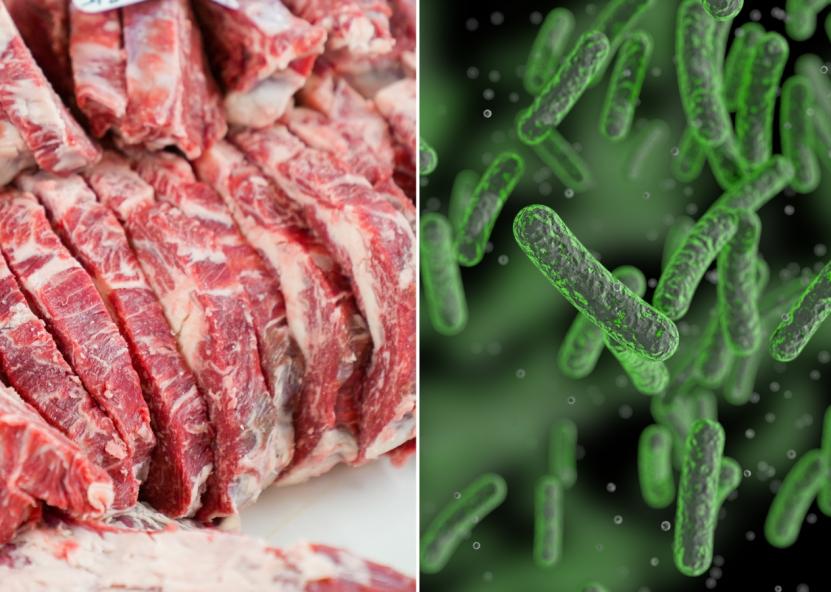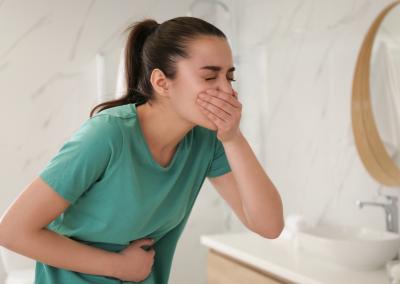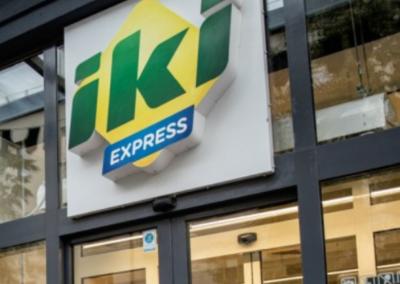"More than 3 000 kilograms of meat contaminated with salmonella in the Maxima chain
During the festive period, retailers' PR specialists are trumpeting discounts and even offering recipes for cooking, but consumers should be more careful about what they buy and check whether they need to return products to the supermarket. The most reported cases so far have been for meat distributed by „Maxima“.
In a short period of time – as many as five cases
Lithuania's largest retailer „Maxima“ distributed 3 162 kg of chicken and pork contaminated with salmonella bacteria on the market between 25 November and 10 December.
On 25 November, it was reported in the Rapid Alert System for Food and Feed (RASFF) that Salmonella Enteritidis was found in fresh chicken thighs from Poland. Two days later, fresh boneless pork neck meat was also found contaminated with Salmonella bacteria in the warehouse/freezer of UAB "Maxima LT".
On 28 November, Salmonella Infantis was detected in fresh chicken quarters from Poland, again at the consignee of the consignment, "Maxima“. In addition, on 29 November, fresh chicken wings from Poland were also found to contain the same bacterium Salmonella Infantis. The consignment was again consigned to "Maxima“.In addition, on 10 December, a report was received of the presence of Salmonella in 924 kg of WELLDONE chicken wing middles distributed to the market by UAB "Maxima LT".
It was only after reports from Poland that the MOH reacted
When asked on 6 December what had happened to the recent cases, representatives of the supermarket chain „Maxima“ promised to reply within a week, but did not keep their promise.
The State Food and Veterinary Service (VMVT) has commented to „Agrobitei“ for more information on the salmonella-contaminated meat distributed by „Maxima“.
Interestingly, the reports of contaminated meat came from Poland. This left the VMVT with no option but to investigate.
„Following the RASFF notifications from the responsible authority in Poland, the VMVT carried out an investigation and issued decisions to UAB „Maxima LT" (Marijampolės g. 27, Kaunas r.) on the prohibition of the placing on the market of the quantities of the products mentioned in the RASFF notifications," the VMVT said, adding that in all cases, following the receipt of the RASFF notifications, the VMVT carries out unscheduled inspections.
In this case, the VMVT has issued infringement protocols to „Maxima“ for violation of the Food Law and has banned the placing on the market of more than 3 tonnes of meat, and has ordered the recovery of the distributed products from the consumers.
„The company must recover the unsafe quantities within the specified period and inform the MoH on their destruction. This process is under the full control of the VMVT, &bdash; &bdash; &bdash; &bdash; Agrobitei“ said the VMVT.
Restrictions may apply
The more we have started to look into this control system, the more questions arise. For example, the MOI not only restricts the activities of certain businesses, but also places them on higher or lower risk lists depending on the severity and frequency of the infringements.
You can find the businesses that are subject to restriction here. It is striking that the VMA lists mainly small producers, such as the farm "Dobilas" (for feed labelling infringements). If a company distributes food contaminated with pathogenic organisms on the market, it gives the impression that this is not a very serious sin for the VMVT. Because neither the „Maxima“ supermarket chain in general, nor at least one „Maxima“ supermarket, is on this list of restrictions on activities.
Only one „Maxima“
It is also interesting to note that companies are classified into 4 risk groups. Food business operators are classified into 4 risk groups: high, medium, low and very low risk (...). Entities are assigned to the relevant risk group according to the established criteria after the registration/approval of the operator and the state food and veterinary control“, – explained the MoHVT.
When asked whether, following these reports on „Maxima“, the chain is classified in any group, the MoHVT said that the chain consists of a large number of entities (warehouses, supermarkets).Only after repeated enquiries did the MoHVT inform that „Maxima“, located in Kaunas district, had been classified as a medium-risk entity. The other „Maxima“ entities that had salmonella contaminated meat and distributed it have not yet been classified in any risk group.
Must recover meat
Now the final question is whether „Maxima“ has managed to recover from consumers the meat that has already been sold under the bans.
„The company has been instructed to urgently inform consumers and recover the products distributed to them“, – says the MoHVT.
Within the specified timeframe, „Maxima“ must inform the MoI on the distribution points, the quantities of unsafe products recovered and destroyed.
„The company has also been instructed to take measures to ensure the reliability of the supplier and to take steps to ensure the safety of the food supplied to consumers within an urgent period. The entity must inform the FVO of these measures and the actions to be taken," the State Food and Veterinary Office concluded.


